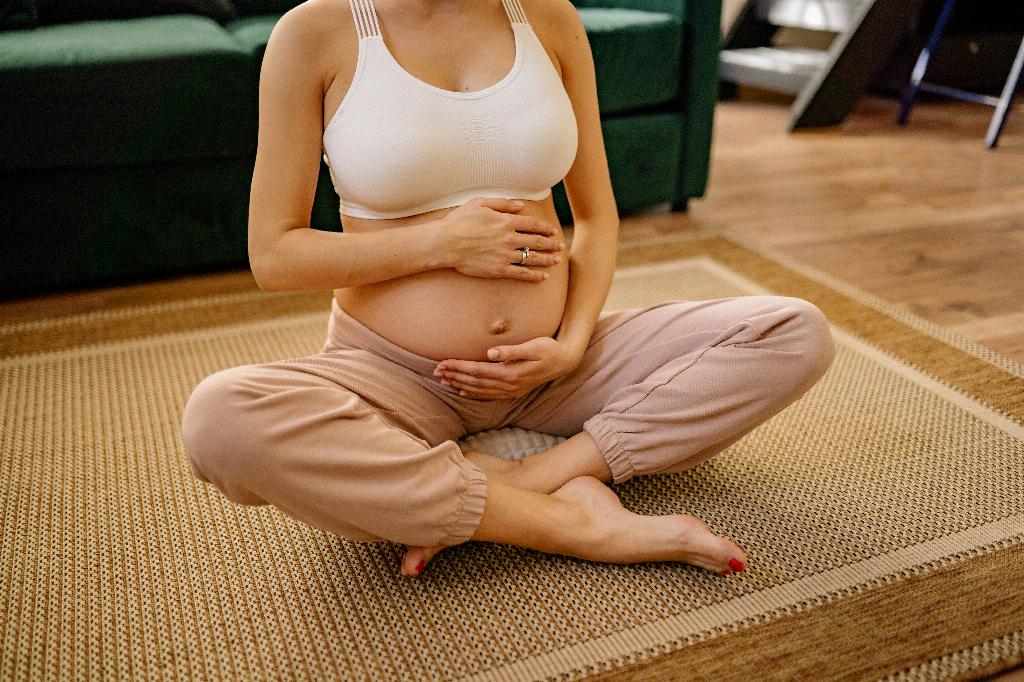After undergoing surgery, the post-operative care of your wound is essential to promote proper healing and reduce the risk of infections. One important aspect of wound care is the application of waterproof dressings to protect the incision site from external contaminants and prevent moisture from getting into the wound.
According to healthcare professionals, it is advisable to leave the waterproof dressings intact on your skin for a specific period following surgery. It is generally recommended to keep the waterproof dressings on for at least 10 days after your surgical procedure to allow the wound to heal properly and minimize the risk of complications.
While leaving the waterproof dressings on for 10 days is the standard recommendation, it is crucial to follow the specific instructions provided by your healthcare provider. Your surgeon or nurse will provide you with detailed guidance on when and how to remove the waterproof dressings based on your individual situation and the type of surgery you underwent.
Although the waterproof dressings serve the important purpose of protecting the wound, it is essential to monitor the incision site regularly for any signs of infection or unusual symptoms. If you notice any redness, swelling, warmth, or drainage from the wound, it is crucial to contact your healthcare provider immediately for further evaluation and management.
When it comes to changing the wound dressings after surgery, it is typically recommended to wait for at least two days before removing the initial padded dressings. These padded dressings are designed to absorb any fluid or drainage from the wound and promote a clean environment for healing.
After the first two days, you can carefully remove the padded dressings, following the instructions provided by your healthcare provider. Once the padded dressings are removed, it is important to leave the waterproof dressings undisturbed for the remaining 10-day period to allow the wound to continue healing without interruption.
While it may be tempting to remove the waterproof dressings earlier, it is crucial to resist the urge and adhere to the recommended timeline for optimal wound healing. Premature removal of the waterproof dressings can expose the incision site to infection or disruption, potentially leading to delayed healing and complications.
Proper wound care, including the appropriate use of waterproof dressings, plays a significant role in the overall success of your surgical recovery. By following the guidance provided by your healthcare team and being diligent in monitoring your incision site, you can help ensure a smooth and uneventful healing process following surgery.
Remember that every individual’s healing process may vary, so it is essential to communicate any concerns or questions you may have regarding your wound care with your healthcare provider. Open and clear communication can help address any issues promptly and support your recovery journey.
In conclusion, the recommended timeframe for removing waterproof dressings after surgery is typically around 10 days following the procedure. By following the specific instructions provided by your healthcare provider and paying close attention to your wound care routine, you can contribute to a successful and complication-free recovery process.
Always prioritize your health and well-being by following the advice of your medical team and seeking assistance if you experience any unexpected symptoms or concerns during your post-operative recovery period.

